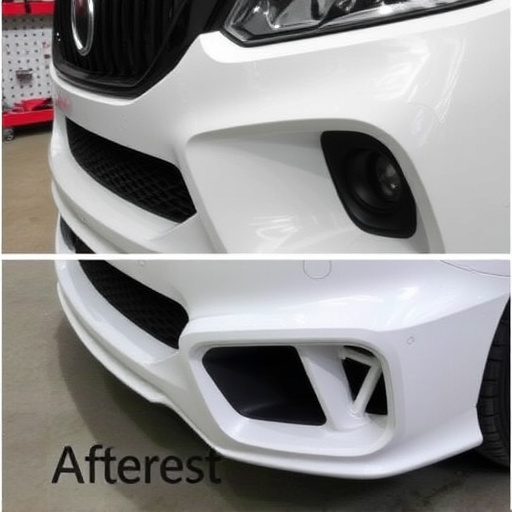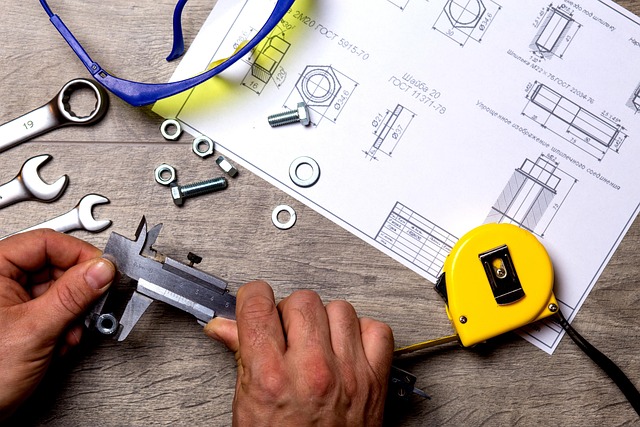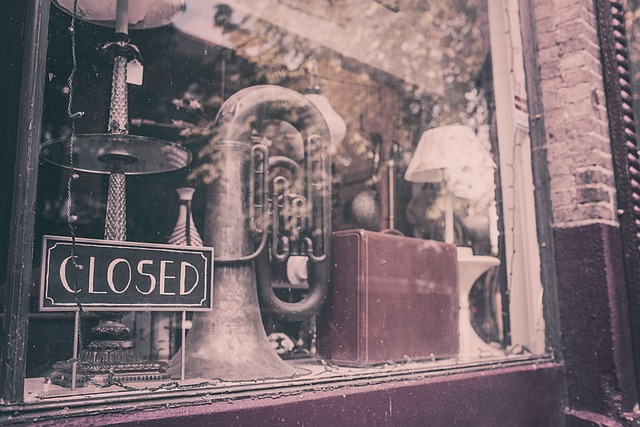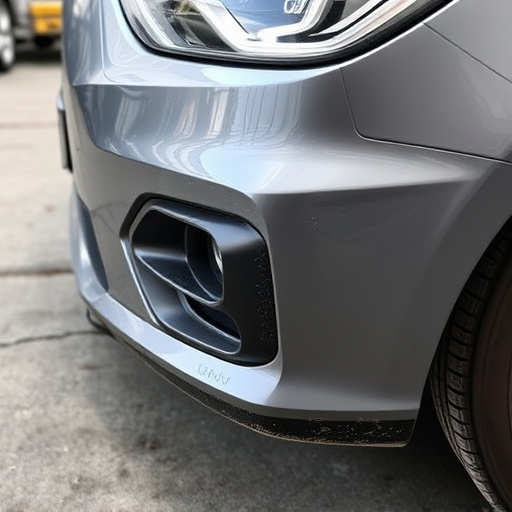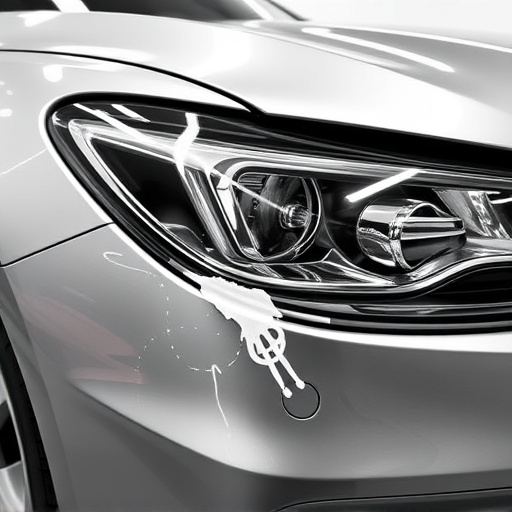Collision paint services, crucial in automotive accident restoration, are significantly shaped by insurance claim guidelines. Insurers dictate repair methods and materials, influencing choices from OEM parts to budget alternatives. Filing a claim initiates the process, with consumers often guided by insurer recommendations for convenience. However, exploring alternatives can provide access to skilled professionals and potentially lower costs. Insurance companies' influence on collision paint service choices shapes the market, offering discounts and streamlining claims while impacting business landscapes for providers.
In today’s digital era, understanding how insurance claims shape collision paint service choices is paramount for car owners. This article delves into the intricate relationship between these factors, offering insights on the impact of insurance claims on repair decisions. From grasping the fundamentals of insurance claims to exploring how insurers influence shop selection, readers will discover key considerations that affect the quality and cost of collision paint services.
- Understanding Insurance Claims and Their Impact on Collision Paint Services
- The Process of Filing a Claim and Its Effect on Repair Choices
- How Insurance Companies Influence the Selection of Collision Paint Shops
Understanding Insurance Claims and Their Impact on Collision Paint Services

Collision paint services play a pivotal role in restoring vehicles damaged in accidents. Understanding insurance claims is essential for car owners as well as auto body shops alike, as it significantly impacts the collision paint service choices available to them. Insurance policies cover repairs and replacements needed after a vehicular collision, streamlining the process for policyholders but also dictating the methods and materials used by repair facilities.
Different insurers have varying guidelines on what constitutes acceptable restoration, from original equipment manufacturer (OEM) parts to more cost-effective alternatives. These specifications influence the car body shop’s options during the vehicle body repair process, specifically in the realm of collision paint service. Shops must adhere to insurance requirements while also prioritizing quality auto body restoration and customer satisfaction.
The Process of Filing a Claim and Its Effect on Repair Choices

When a collision occurs, the first step is often to file an insurance claim. This process involves documenting the incident, assessing damages, and submitting details to the insurer for evaluation. The decision to proceed with a claim significantly influences the subsequent choices regarding collision paint service.
After filing, policyholders are typically presented with options for repair, including recommendations from the insurance company or local auto body shops. The impact of this stage is profound as it shapes the overall experience and quality of car repair services received. It’s important to remember that while convenience might lead some to quickly accept an insurer-recommended shop, exploring alternatives and understanding one’s rights can result in better outcomes, including access to more skilled collision paint service professionals and potentially lower costs for auto body shop repairs.
How Insurance Companies Influence the Selection of Collision Paint Shops

Insurance companies play a significant role in shaping consumers’ choices when it comes to collision paint services. When an individual is involved in a vehicle accident and files an insurance claim, their insurance provider often has specific guidelines and approved workshops they suggest or recommend for repairs. This influence can be powerful, as many policyholders tend to follow their insurer’s advice due to the convenience and perceived quality assurance.
These companies typically have partnerships with a network of trusted collision repair centers, including automotive body shops that offer top-notch paint services. By promoting these shops, insurance firms ensure that customers receive recommended repairs while potentially offering discounts or streamlined claims processes. As a result, policyholders often find themselves drawn to these approved locations, impacting the popularity and business of various collision paint services in the market.
Insurers play a pivotal role in shaping collision paint service choices, influencing both the repair process and the shops consumers turn to. Understanding how insurance claims work and their impact on these services is essential for car owners looking to make informed decisions. By navigating the processes and considering the influence of insurance companies, individuals can ensure they receive quality repairs using trusted collision paint services.
